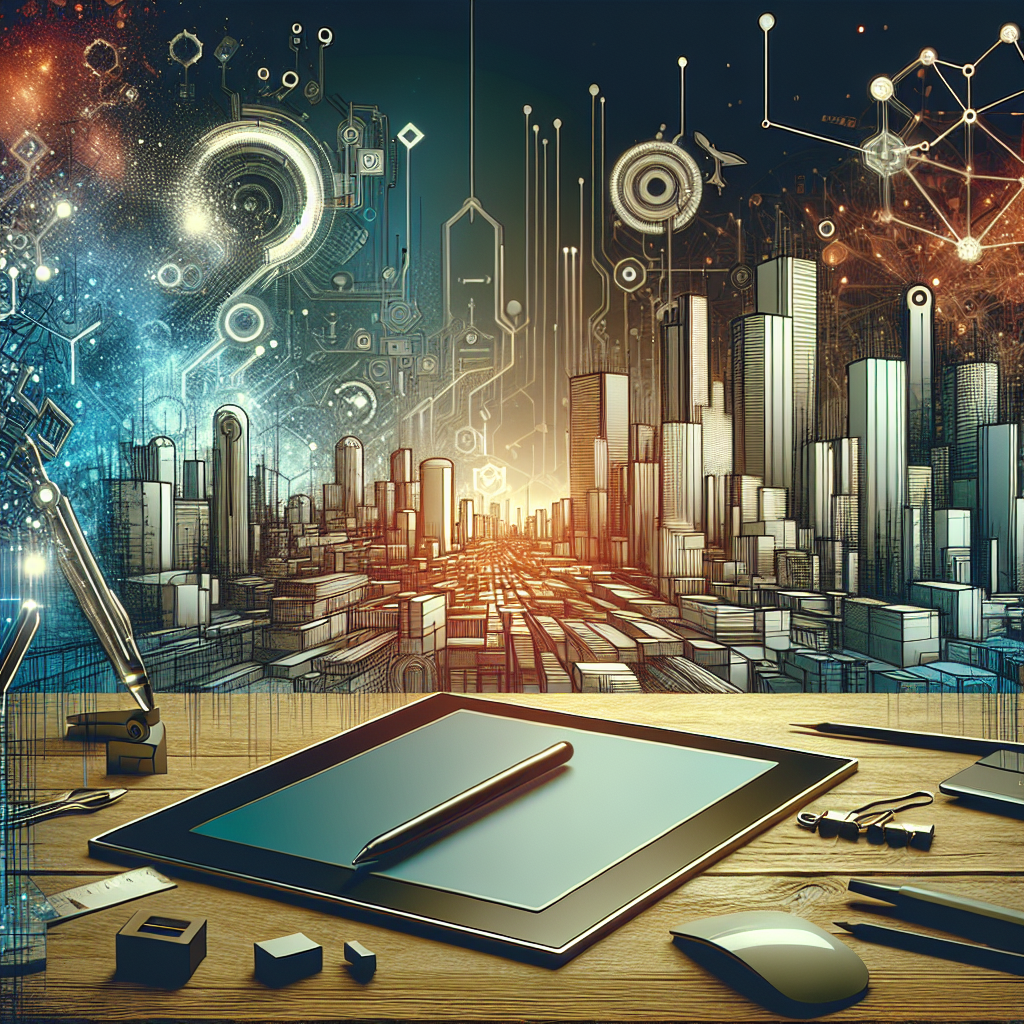Graphic design has been an essential part of the creative industry for decades, with designers using their skills to create visually appealing and impactful designs for various purposes. However, with the advancements in technology, specifically in the field of artificial intelligence (AI), the future of graphic design is set to be transformed by the use of generative AI.
Generative AI, also known as generative adversarial networks (GANs), is a type of AI that can generate new content, such as images, based on existing data. This technology has the potential to revolutionize the way graphic designers work, by automating tasks, generating new ideas, and pushing the boundaries of creativity.
The Future of Graphic Design with Generative AI
1. Automation of repetitive tasks: One of the most significant benefits of using generative AI in graphic design is the automation of repetitive tasks. Designers often spend a significant amount of time on tasks such as resizing images, creating variations of a design, or generating multiple versions of a layout. Generative AI can automate these tasks, allowing designers to focus on more creative and strategic aspects of their work.
2. Inspiration and idea generation: Generative AI can also be used to generate new ideas and inspiration for designers. By analyzing existing design data and patterns, AI algorithms can suggest new color schemes, typography styles, or layout options that designers may not have considered. This can help designers break out of creative ruts and explore new possibilities in their work.
3. Personalization and customization: With generative AI, designers can create highly personalized and customized designs for their clients. By analyzing user data and preferences, AI algorithms can generate designs that are tailored to individual tastes and needs. This level of personalization can help designers create more engaging and relevant designs for their clients, leading to better outcomes and higher client satisfaction.
4. Faster design process: Generative AI can speed up the design process by automating time-consuming tasks and streamlining workflows. Designers can use AI tools to quickly generate design variations, test different layouts, or explore new design concepts, saving time and effort in the design process.
5. Pushing the boundaries of creativity: By leveraging generative AI, designers can push the boundaries of creativity and explore new design possibilities that were previously impossible. AI algorithms can generate complex and intricate designs that would be challenging for human designers to create manually, opening up new avenues for innovation and experimentation in graphic design.
FAQs about the Future of Graphic Design with Generative AI
Q: Will generative AI replace human designers?
A: Generative AI is not meant to replace human designers but to enhance their capabilities and streamline their workflows. AI can automate repetitive tasks, generate new ideas, and speed up the design process, allowing designers to focus on more creative and strategic aspects of their work.
Q: How can designers incorporate generative AI into their workflow?
A: Designers can incorporate generative AI into their workflow by using AI tools and software that are specifically designed for graphic design tasks. These tools can help designers automate tasks, generate new ideas, and create personalized designs for their clients.
Q: Are there any ethical concerns with using generative AI in graphic design?
A: As with any technology, there are potential ethical concerns with using generative AI in graphic design. Designers need to be mindful of issues such as data privacy, bias in AI algorithms, and the impact of automation on the design industry. It is essential for designers to approach AI technology with a critical eye and consider the ethical implications of their use.
Q: What skills do designers need to work with generative AI?
A: Designers working with generative AI need to have a strong understanding of AI technology, as well as skills in data analysis, programming, and machine learning. It is also essential for designers to have a creative mindset and a willingness to experiment with new tools and technologies.
In conclusion, the future of graphic design is set to be transformed by the use of generative AI. This technology has the potential to automate tasks, generate new ideas, personalize designs, and push the boundaries of creativity in graphic design. By incorporating AI tools into their workflow, designers can enhance their capabilities, streamline their workflows, and create more engaging and innovative designs for their clients. However, designers need to be mindful of ethical concerns and ensure that they approach AI technology with a critical eye. With the right skills and mindset, designers can harness the power of generative AI to revolutionize the way they work and create impactful designs for the future.

